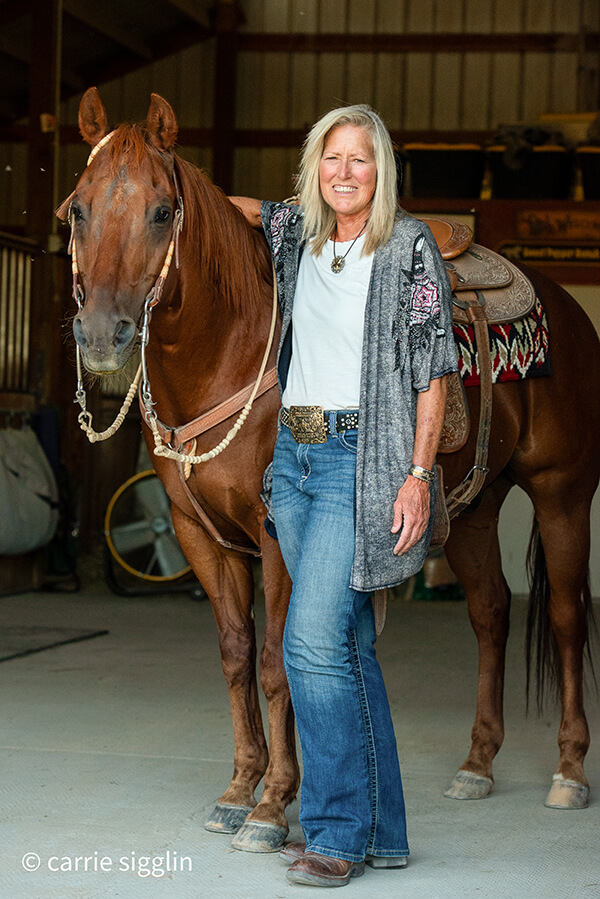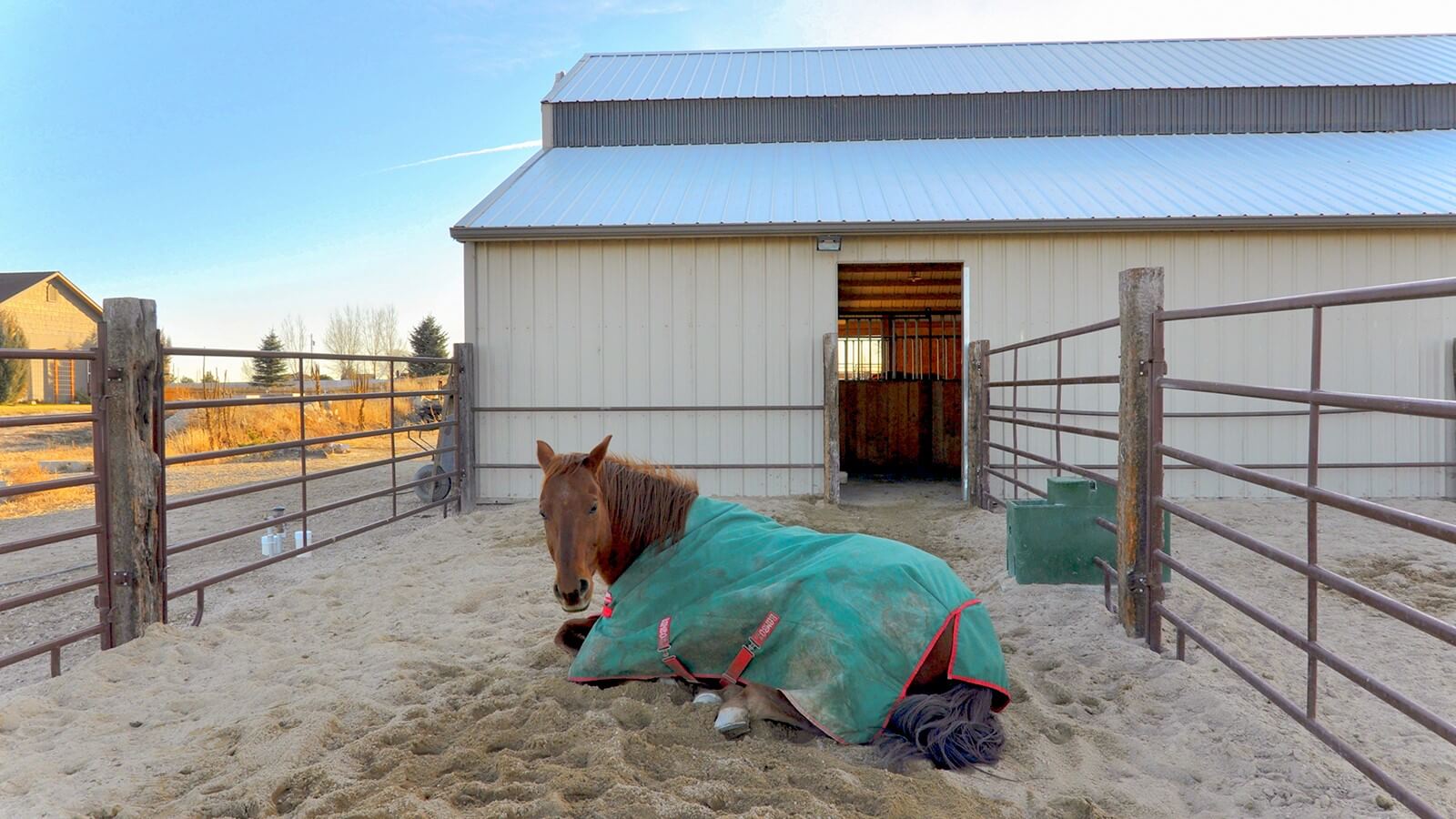Considerations for Building and Locating a Sacrifice Area on Your Farm
Probably the most important aspect of managing pastures is the time when you take your horses off your pasture. You can greatly improve the health and productivity of your pastures by creating and using a winter paddock or confinement area to house your horses during the winter. Early fall is the perfect time to work on creating this area.
In the winter, keeping horses off saturated and rain-soaked soils and dormant or frozen pasture plants is critical if you want to maintain a healthy pasture next summer. Soggy soils and dormant plants cannot survive continuous grazing and trampling in winter months. Horses are particularly hard on pastures as the pounding of their hooves compacts the soil and suffocates plant roots. In addition, horse hooves act like plungers in wet soil by loosening fine particles of topsoil to be washed away by rain.
A winter paddock is meant to be your horse’s outdoor living quarters from late fall to early spring. Plus, you can utilize this area during the summer to keep pastures from becoming overgrazed.
Here are some points to consider when creating and locating a winter paddock:
- Locate your confinement area on high ground, away from creeks, wetlands, or other water bodies as well as from surface water flows.
- For chore efficiency your winter paddock should be convenient to your barn, hay storage, and manure compost area to make it easy for you to maintain the area and care for your horse.
- A good option is to have one paddock per horse. It can be set up like a stall or shelter with a run or pen outside. This gives the horse free access to an indoor area that’s clean, dry, and convenient for feeding along with an outdoor area where they can move about and have good ventilation.
- The right size for a confinement area varies depending on if you want your horse to run and play in his paddock. For that you might want something 20 or 30 feet wide by 100 feet in length. The amount of land you have available, the number of horses, their ages, temperaments, and the amount of regular exercise they receive all play a role in determining how large you choose to make your winter paddock.
- Plan to pick up manure every one to three days to help reduce your horse’s parasite load as well as reducing flies and insects—and mud.
- To reduce mud and improve drainage, use some type of footing in the high traffic areas around gates and in front of stalls. Popular footing choices are crushed rock (no larger than 5/8 inch) or coarse washed sand. Footing should be 3 to 6 inches deep.
- Install rain gutters and downspouts on any roofs surrounding your winter paddock. This diverts clean rainwater away from your horse’s confinement area thereby reducing mud. It also prevents manure and urine from being washed out of the paddock into surface waters. Divert clean rainwater into a ditch, rain barrel, or undisturbed area of your pasture or woods.
- Choose safe fencing for your winter paddock that your horse won’t get caught in. You may wish to reinforce the fencing with some type of electric tape or hot wire as a psychological barrier to prevent horses chewing or leaning on fencing.
- Be sure that building corners are safe and there are no protruding objects (bolt ends, nails, boards, or the tops of metal T-posts) where a horse could get hurt. Watch out for the corners of roofs and the bottom edges of metal buildings. There should be no wires or cords hanging in the confinement area and absolutely no junk, garbage, or machinery.
- Gates on fences need to be adequately sized for the types of truck deliveries you expect (such as gravel or sand, hay, etc.)
- Even though horses can move about in their winter paddocks, they still need regular exercise. Plan for and maintain a regular exercise program for your horse.
By utilizing a winter confinement area, you will be creating a healthier pasture. Healthier pastures mean greater pasture productivity next summer and less money spent on supplemental feed. Healthy pastures have the added benefit of making happier, healthier horses, a prettier picture for you and your neighbors, and a cleaner environment for all.
Check out the Horses for Clean Water website for information on upcoming events, online classes, private consultations, tip sheets, and other resources for horse keeping and land management. Visit the Sweet Pepper Ranch website for info on upcoming clinics and retreats.
See this article in the October 2021 online edition:

Alayne Blickle began in the 1990’s as a pioneer in water conservation and natural resources conservation by creating the entrepreneurial consulting business, Horses for Clean Water, an award-winning internationally acclaimed education program that looks for horse-healthy, nature-based solutions to land management challenges. She continues this work today partnering with agencies, organizations, and horse owners throughout North America and worldwide. She is a regularly contributing writer and photojournalist to several equine publications.
Alayne lives with her horse trainer husband, Matt Livengood, in southwestern Idaho where they raise and train AQHA horses and mustangs on their eco-friendly horse ranch. Contact her through the Horses for Clean Water website or through their ranch website Sweet Pepper Ranch.
For more information contact Alayne at [email protected] or 206-909-0225.






